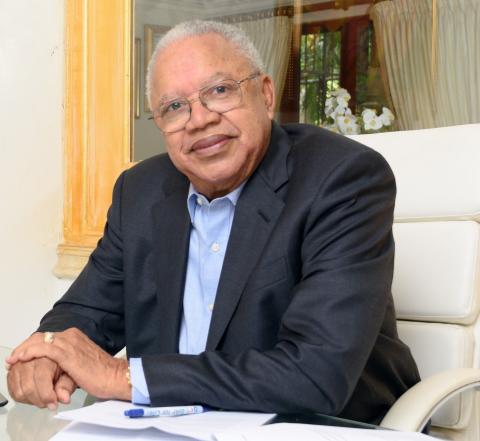
I find it quite commendable that the Government is now actively moving towards digitising healthcare. This is the direction in which the world is going, some faster than others, and certainly the direction in which this country must go. The COVID-19 pandemic, if nothing else, has shown us how health events and an unhealthy population can have significant negative impact on productivity and life as a whole.
Many countries turned to telehealth to fill the gaps left by the inability to access healthcare at hospitals, health centres, and private doctors’ offices. This has led to a boost in the use of telehealth tools such as telemedicine.
Telehealth is defined as “the use of electronic information and telecommunications technologies to support long-distance clinical healthcare, patient and professional health-related education, public health, and health administration” (www.healthit.gov).
Telehealth would ideally be combined with traditional ways in which people generally seek healthcare. This would mean that it could bridge the gap between persons who are unable or unwilling to visit a facility to seek care. Among other things, this would result in an improvement in health-seeking behaviour – the extent to which persons seek care for illness and preventive health.
Telehealth allows persons to get care regardless of geographic location and distance from health facilities. As long as there is Internet connectivity and devices available, it is sure to improve the level at which people seek care. Even though there are no user fees for healthcare in Jamaica, often, other costs to seek care, such as transportation and food, are a deterrent to many of the poorest as well as those who live in rural communities. These factors can have a negative impact on health-seeking behaving.
Telehealth is an opportunity to achieve overall positive gains in population health while ensuring its sustainability. A study published in the JCO Oncology Practice in May 2020 looked at the link between telehealth and population health and how the former can be used to treat patients with cancer in a more efficient manner. It involved the creation of a cancer-care facility in Utah in the United States and the use of “a real-time video-based telehealth programme under the care of an oncologist at a tertiary medical center” from 2015 to 2018.
The study looked at several variables that could possibly be aided by the use of telehealth in this scenario and found that the benefits were much more than simply healthcare and treatment oriented.
The researchers found that “on average, patients saved four hours and 40 minutes and 332 miles roundtrip per encounter. In total, patients’ savings were estimated to be [US]$333,074. Carbon emissions were reduced by approximately 150,000 kg”. They further estimated that the facility “retained US$3,605,500 in revenue over this four-year period”.
This is money that would have had to be used if patients were visiting the facility instead of connecting remotely, so overhead costs were also reduced. DOI: 10.1200/JOP.19.00764 JCO Oncology Practice 16, no. 7 (July 01, 2020) e557-e562. ( ascopubs.org).
In our context, this study highlights the possibilities with respect to primary healthcare. We have an excellent primary healthcare network across the country, but like other areas of health, staffing is often an issue. Telehealth can be used to alleviate some of these pains by having health workers who may be out of parish work with patients remotely so that they do not have to always visit a facility.
One of the major issues highlighted by the health ministry in recent years is that of waiting time and the need to address this. Telehealth can be used as a means of significantly reducing waiting time. For one, there would be less of a burden on facilities, given that remote patient care would lead to fewer patients accessing care in person. And two, patient encounters are scheduled on line by appointments so they would know exactly when to log on.
With less time spent waiting and with medical professionals being used more efficiently, productivity will likely increase. Productivity will increase even further when there is wide-scale improvement in general population health. This can certainly be achieved by incorporating telehealth with traditional healthcare-delivery methods. There is no doubt that there is much we can gain from turning to telehealth.
- Doug Halsall is the chairman and CEO of Advanced Integrated Systems. Email feedback to doug.halsall@gmail.com and editorial@gleanerjm.com.
Published: Sunday | August 8, 2021 | 12:07 AM

